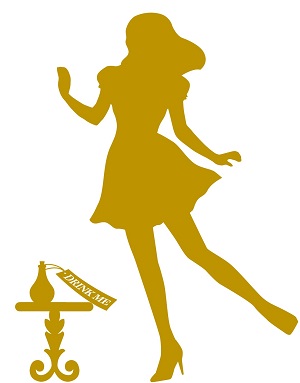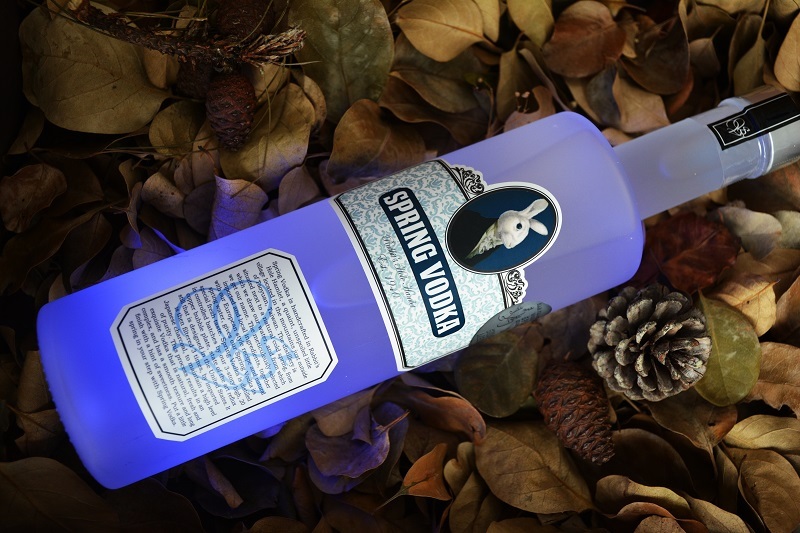
Vodka has been around the longest out of all the hard liquors. It is one of the top-selling spirits around the world as it is widely considered to be one of the best and most versatile types of alcohol that pairs well with flavors of all kinds. Unlike other flavors, people love vodka because it goes with everything.
WHAT IS VODKA?
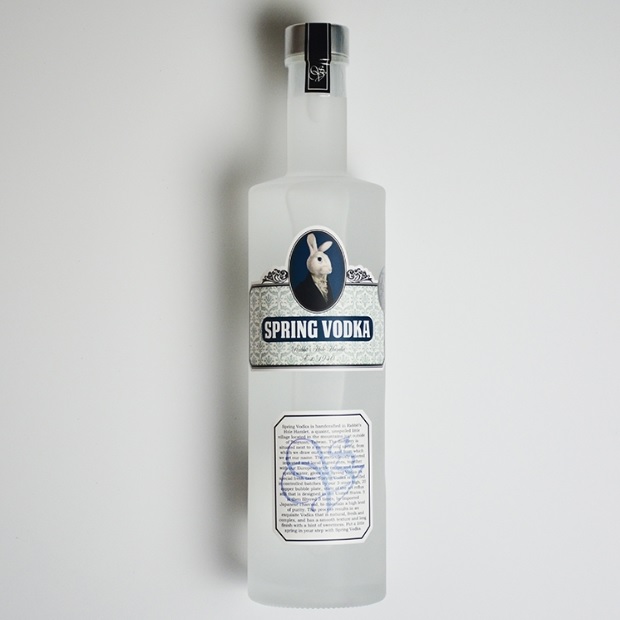
Vodka is a distilled liquor that is always clear in color (unless there are added colors or flavors). To be considered a vodka, it needs to have a 40% ABV or 80 U.S. proof, up to 55%, depending on how it is made and how many times it is distilled. This requirement was established and has stuck since the 1890s. The European Union requires a minimum of 37.5% for vodka. It’s gained notoriety in the cocktail world because of its versatility.
Vodka is the only spirit that almost always is distilled multiple times, unlike other distilled spirits like tequila and rum who can only be distilled twice to preserve their unique flavor.
THE HISTORY OF VODKA
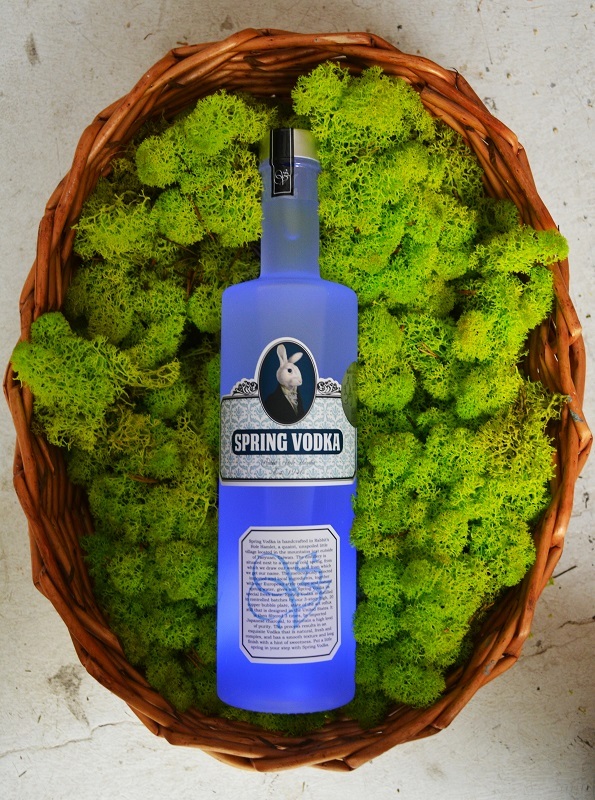
The name vodka is a diminutive form of the Slavic word voda (water), interpreted as “little water”. Scholars debate the beginnings of vodka because there is little historical material available. The world’s first written mention of the drink and the word “vodka” was in 1405 from Akta Grodzkie’s recorder of deeds, in the court documents from the Palatinate of Sansomierz in Poland and it became a popular drink there. In these early days, beverages differed significantly compared to the vodka of today, as the spirit at that time had a different flavor, color, and smell, and was originally used as medicine and cosmetic cleansers, which later asserted that vodka could serve “to increase fertility and awaken lust.
The biggest debate when it comes to vodka is whether it originated in Russia or Poland. Both countries claim its creation, but it’s tricky to confirm. There is one undisputed fact, which is that vodka was widespread in Russia in the 14th century. Unfortunately, before then, there is no concrete information regarding its origins. Some historians believe it originated in the 8th century, and others believe that it originated in the 9th century—so who’s to say? These days, both Russia and Poland produce several brands of well-known vodka. They are known around the world for producing some of the best vodka brands available.
HOW IS VODKA MADE?
The process of making vodka is nearly identical to processes for making rum and tequila but the only difference is that vodka is not aged. The aging helps to infuse flavor and color. With straight vodka, you don’t want tons of extra flavorings.

Traditional vodka is made from two raw materials: water and ethanol from the fermentation of any starch – or sugar-rich plant matter; most vodka today is produced from grains such as sorghum, corn, rye, or wheat. Among grain vodkas, rye and wheat vodkas are generally considered superior.
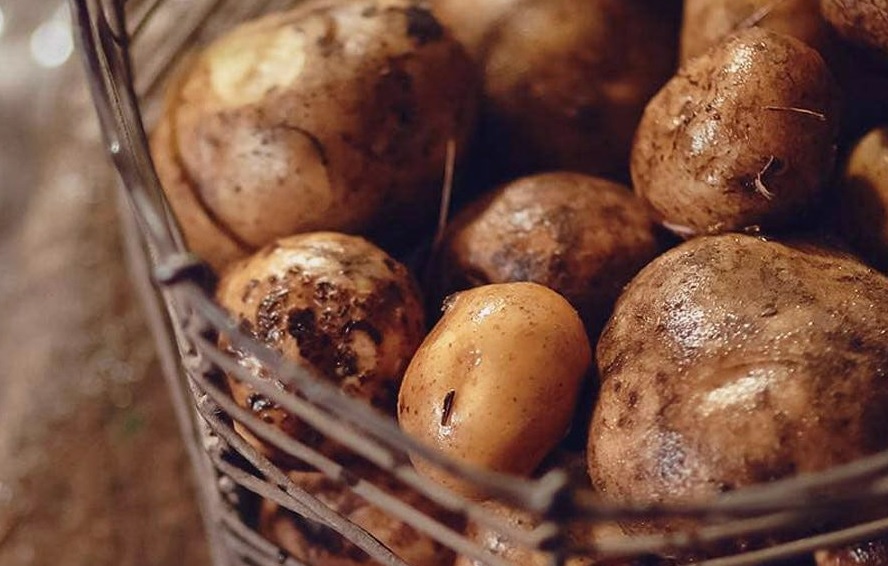
Some vodkas brands are made from potatoes, molasses, soybeans, grapes, rice, sugar beets, and sometimes even byproducts of oil refining or wood pulp processing or additives like additives and spices to achieve distinctive character in their liquor.
In some Central European countries, such as Poland, some vodka is produced by just fermenting a solution of crystal sugar and yeast. In the European Union, there are talks about the standardization of vodka, and the Vodka Belt countries insist that only spirits produced from grains, potato, and sugar beet molasses be allowed to be branded as “vodka”, following the traditional methods of production.
A step-by-step guide to making Vodka :

Most vodka makers follow a few basic steps to produce vodka, which we explain in detail below, which is the real guideline producers have, so a lot of companies do things in their way while adhering to these steps:
- COMBINE THE BASE INGREDIENTS:
To make a fermentable base, vodka makers will mix grains—like wheat malt, flaked maize, or rye—with water and yeast. They then heat and stir the mixture (sometimes called “vodka mash”) to make sure it’s well combined and ready to ferment.
- FERMENTING THE BASE
This is arguably the most important step in any alcohol production process because the fermentation phase creates alcohol in a drink. This process occurs when you add yeast to the mash, which is a word for the mushed-up base being used for the vodka. Vodka makers then store their base mixture for a specified amount of time—often between one and two weeks—to fully ferment the mixture. This fermentation step happens when the yeast eats away any sugar that is present and when the compounds begin to break down, resulting in simple, natural alcohol called ethanol or ethyl alcohol. Without fermentation, you would be drinking potato or grain water.
- STRAIN THE MIXTURE
Once fermentation is complete, vodka makers strain off the liquid from the fermented solids. They’ll discard the solids and use the liquid (ethanol) to make vodka.
- DISTILLATION
Next, you need to distill it. Distillation is a process that purifies a liquid by heating and vaporizing it into stills (copper stills or pot stills), then collecting the vapor as it recondenses into a liquid. The resulting liquid is considered purer (since it leaves behind many impurities when it evaporates) and more alcoholic.
Distillation is also responsible for making vodkas taste smooth. The more distillation, the smoother it will be. Vodka makers all take different approaches to distillation—some may distill only once or twice, while others may require distillation and redistillation many times for a purer result. If they’re making flavored vodka, they may also choose to add botanicals during distillation—some steep their botanicals in ethanol before or between distilling, while others add botanicals during distilling with a special still.
- COLLECT AND SORT THE PRODUCT
The liquid that vodka makers have after distillation isn’t all the same—as ethanol distills, the resulting liquid changes. The first 35 percent of a distillation results in an ethanol product that contains methanol or acetone and can be highly volatile or toxic containers of this liquid are called the “foreshots” and the “heads,” and distillers usually throw them out. The following 30 percent contains the “hearts,” which are the best product. The final 35 percent are the “tails,” which are impure but can be kept and redistilled for a little more product.
- FILTRATION
Since traditional vodkas are flavorless and smooth, many vodka makers will add an extra step to their production line—filtration. Even though the distillation process does a great job of removing impurities and other substances, filtration ensures nothing gets left behind. Once they’ve identified the hearts of their distillate, they’ll pass this product through a large filtration system (usually with charcoal or carbon) which absorbs any substance that will alter the taste or feel of the vodka and to ensure the final product has a great, clean mouthfeel.
- DILUTION
This is the stage in which water is gradually added to the vodka to dilute it. This is done to bring the alcohol content in the vodka down to its final proof. Typically, vodkas range in proof from 80 (which is 40% alcohol by volume) to 176 (which is 88% alcohol by volume).
In Russia, where low alcohol content of 40 percent by volume (80 U.S. proof) is preferred, and in Poland, where 45 percent is more common, vodka is usually consumed unmixed and chilled, in small glasses, and accompanied by appetizers.
- BOTTLE AND PACKAGING
The final step is the bottling process, in which vodka makers add the final product to labeled bottles And securely package the bottles, ready to be shipped and displayed on store shelves ready to be bought by consumers.
TYPES OF VODKA
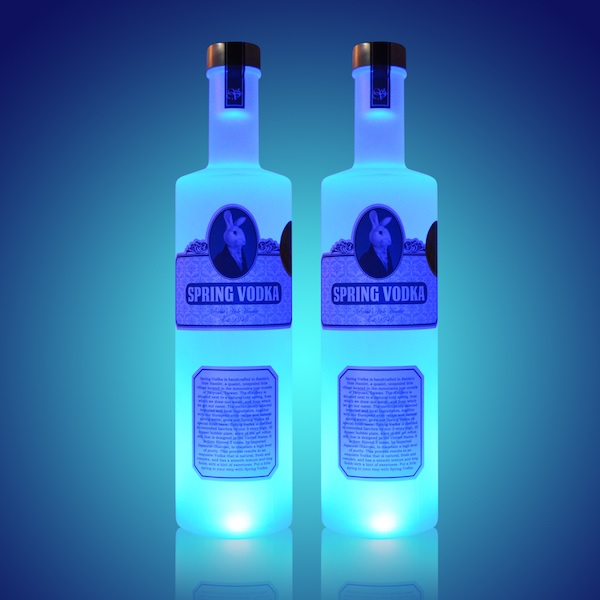
Many people aren’t aware that there are different types of vodka. To the layman, vodka is vodka. But, that couldn’t be any further from the truth. It’s tempting to assume that all vodkas are “odorless, flavorless, colorless,” but that’s not always 100 percent true. Yes, they are almost always clear, and some vodkas are distilled and filtered to complete neutrality. But quite a few have fleeting aromas or flavors, and many have distinctive textures, making them feel light and silky, viscous, oily, or even slightly creamy. Flavors in vodka tend to be nuanced, tartness suggesting citrus peel or light sweetness reminiscent of vanilla, almond, or marshmallow.
Potato vodka is made from potatoes that have been mashed and then distilled. The advantage of potato vodka is that it doesn’t give off any strong alcoholic flavors, meaning that the taste of the spirit isn’t masked by other tastes. This type of vodka is often used in cocktails.
Grain vodka is made from a variety of grains including wheat, rye, and barley. As with potato vodka, grain vodkas are also distilled multiple times to remove any trace flavors from the alcohol. Grain vodkas are generally considered to be smoother than potato vodkas.
Fruit vodkas are made using fruits such as apples, pears, cranberries, rye, and wheat. Each type has its unique flavor profile that is determined by the type of grain used in production. Potato Vodka has a creamy, smooth texture with a subtle sweetness; Rye Vodka is earthier with a hint of spice; Wheat Vodka is light and clean.
Single Barrel and Single Vintage
Much less popular but groundbreaking nevertheless, these bottlings are to vodka what small-batch and single-barrel bottlings are to whiskey: highly specialized and often quite worth seeking out. A small but growing number of producers are experimenting with single-vintage or single-ingredient vodkas with minimal filtration, meant to show how expressive a vodka can be. For example, Chopin Vodka released four limited-edition “Single” bottlings: single-ingredient vodkas based on potato, young potato (made with potatoes less than a year old), rye, and wheat, each filtered just once. Meanwhile, Swedish producer Karlsson’s Vodka releases “vintage” potato vodkas when they feel a year’s crop is interesting enough to showcase. Each of these bottles has a distinctive character and flavor, making them an exception to the “flavorless” reputation.
Barrel Aged
It’s a trend 500 years in the making. Cask-aged vodka, or starka, has been popular in Eastern Europe since the 15th century when families buried barrels of the stuff when a child was born and dug it up to drink on their wedding day. There’s a reason they went to all that trouble: “The barrel mellows the vodka and makes it more complex, while the spirit pulls flavors out of the wood—vanilla, caramel, chocolate, and fruit.” There’s some controversy as to whether these vodkas, which take on flavor, aroma, and color from the barrels, are considered vodka or flavored vodka.
Although bottles of flavored vodka have been taking up more space on shelves in recent years, they mostly came from artificial ingredients. Thanks to a growing interest in more natural, less processed food and drink, barrel-aged vodka is now becoming widely available worldwide. But before you get out your shaker, we suggest you sip them straight, something only Russians dared to do with this once bland liquor.
Flavored Vodka
Yes, Flavored Vodka can really be good. Love them or hate them, flavored vodkas are here to stay, and they can make useful mixers. When you think of cocktails, your first thoughts probably go to the classic spirits we all know and love – vodka, rum, whiskey, tequila, and so on. Those essentials will always hold a place in our hearts. But every so often, your creativity starts to itch, and you want to try out something new.
Flavored vodka is a perfect way to experiment. It’s still a spirit you’re familiar with, just with a bit of an added zing. The possibilities are nearly endless as they become a staple in bars and liquor stores across the world.
CULTURE AND VODKA

Perhaps the most famous fictional vodka drinker is Bond (James Bond), who in books and films drinks Vespers (a Martini-style drink made with vodka, Gin, and Kinna Lillet and orders his martinis (sometimes vodka, sometimes gin) “shaken and not stirred.”
Over the years, several vodka cocktails have been given a boost by various films and TV shows. In The Big Lebowski, the protagonist, The Dude, guzzles White Russian, vodka, Kahlúa, and cream). Meanwhile, the HBO series Sex and The City popularized the bright pink Cosmopolitan (citrus-flavored vodka, cranberry, orange liqueur, and lime juice).
HOW DO I DRINK VODKA?
STRAIGHT

Chilled vodka shots are traditional in vodka’s historic, European homelands, especially paired with savory bites like smoked salmon or, of course, caviar—all known as Zakuski. Pairing protocol dictates that the spirit should be incredibly cold, poured into tall shot glasses, and sipped in between bites.
COCKTAILS
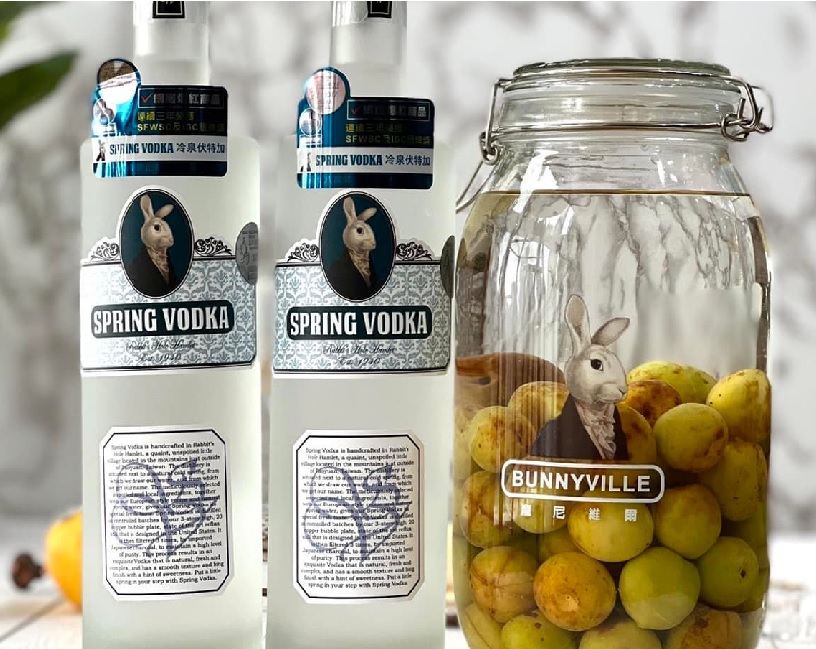
Bunny ville Dirty Martini-Stir together vodka, dry vermouth, brine, and olives in a mixing glass. Pour into a glass or shaker with ice. Serve on the rocks, or strain into chilled cocktail glasses
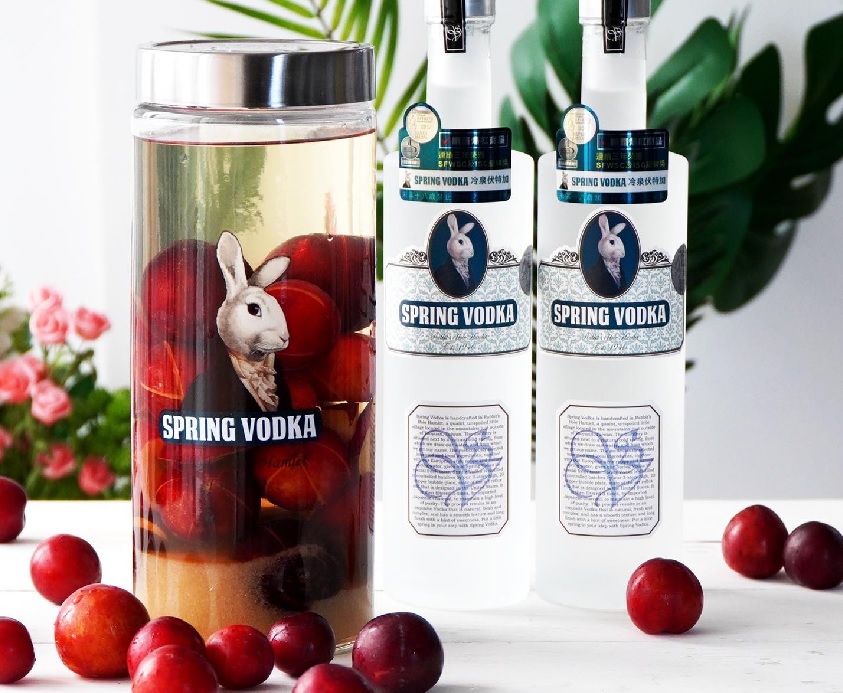
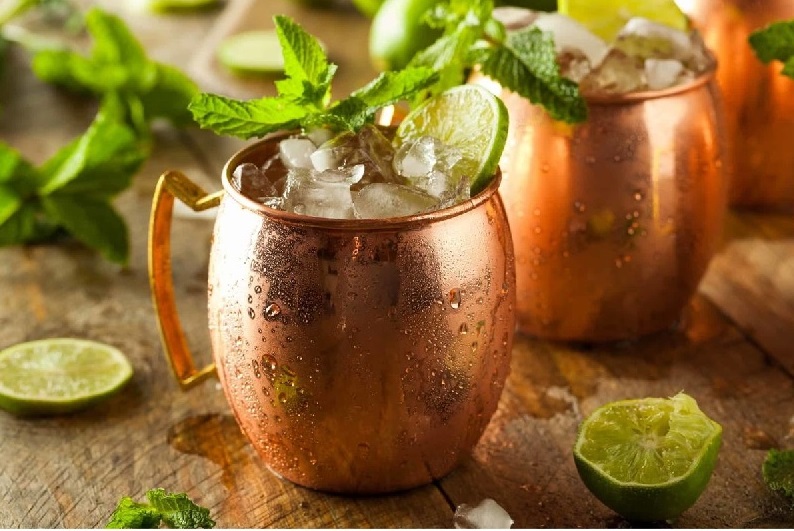
Moscow Mule: The simple mix of vodka, ginger beer, and lime juice is traditionally served in a signature copper mug.
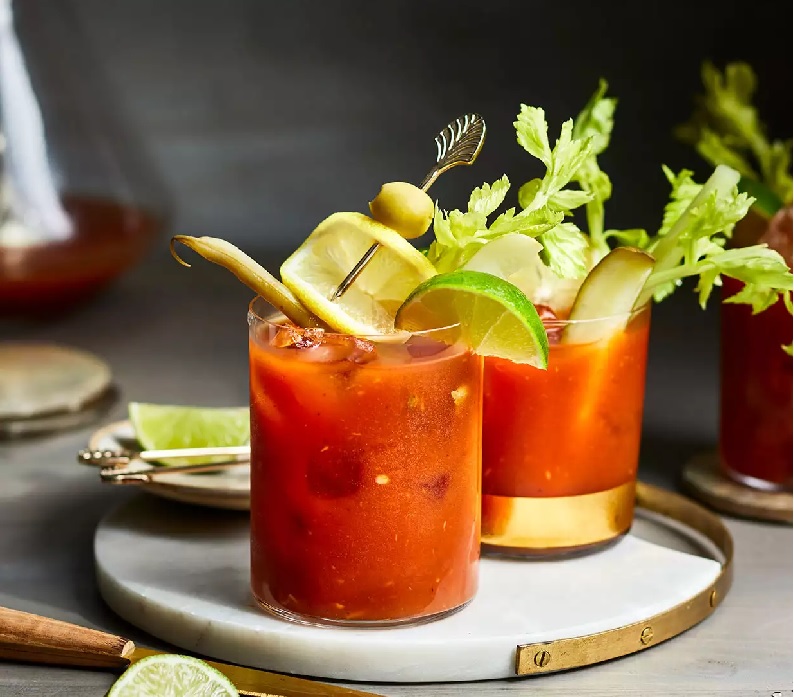
Bloody Mary: A savory, brunch-time standby, the Bloody Mary is traditionally made with vodka, tomato juice, and spices. Though it is classically garnished simply with a celery stick, restaurants, and bars of late have started serving it topped with everything from a lobster claw to an entire roast chicken.
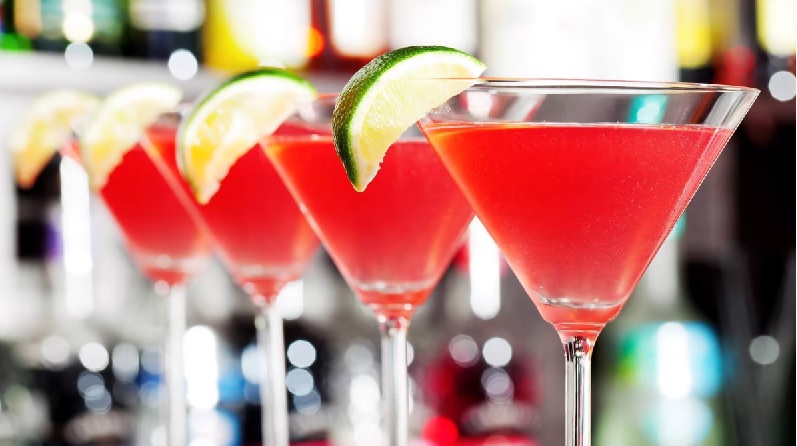
Cosmopolitan: The flirty pink cocktail is an emblem of the 1990s. It is classically made with citrus-flavored vodka, cranberry juice, and lime.
